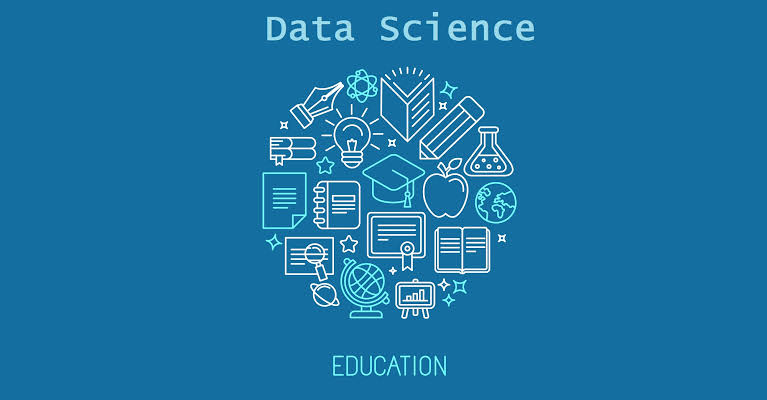A Special Introduction to Recommendation Systems
A Special Introduction to Recommendation Systems

In the era of fast-paced online shopping which is often motivated by binge purchase trends, have you ever noticed how your favorite eCommerce platform is asking you to “Check out” the best product to match your current search? Or, sending you a targeted email to let you know that the product that went out of stock when you were looking for it in the last Big Million Dollar Sale is now Back! Or, a simple advertising message on your WhatsApp or on Facebook Messenger or Promoted Tweet on Twitter.
In Data Science Institute Bangalore, you will learn to develop a variety of recommendation systems using a mix of Linear Regression, Sentiment Analysis, and Content-driven filtering mechanism.
What’s the purpose of these recommendation engines?
To deliver highly relevant, contextual real-time search results to keep the consumer interested in the product or service, and push them to make a purchase related to the initial search.
In addition, these systems also pull consumers to perform additional ‘clicks’ such as–
To make shoppers complete the action— which is not merely buying a product, but also manipulate them to “Like” a product, or write a product review or recommend it to a friend or colleague. That’s where the data-mining efforts go into… Deep dive into the world of Data Science with search, and recommendation systems, you would realize, it’s a crazy science that lets you control buying patterns using historical data, sentiment analytics, and machine learning generated recommendations.
How do Recommendation Systems work?
Let me tell you a simple operation used by a very popular on-demand movie streaming platform. Similarity analysis using Text analytics, NLP, and search-based analytics put data into the hands of machine learning supervision teams. These data sets are automatically processed to develop a movie recommendation system. These are mostly created in the sci-kit-learn library in Open Source with Python codes.
A Recommender Systems would involve a close amalgamation of two categories of data science techniques:
- Content-based filtering
- Collaborative filtering. These collaborative filters could be further branched into Memory-based filtering and model-based filtering.
Of this, memory-based collaborative recommendations are the most widely used owing to its ‘mini-check’ aggregated from the recent user behavior. The data could be acquired from various related sources including mobile location data, buying data, social media, and email. Using a matrix of sequential data mining and analytics, analysts can accurately find out when was the last time the user was searching for the movie (or a perfume, depending on the product search regression variable).
From matrimonial sites to dating apps, from gaming to your favorite online betting app, all of these use filters to keep you engaged via recommendation systems.




